|
Making Some Bowls Continued
I'm laying out my two different diameters here with my home made compass.
|
|
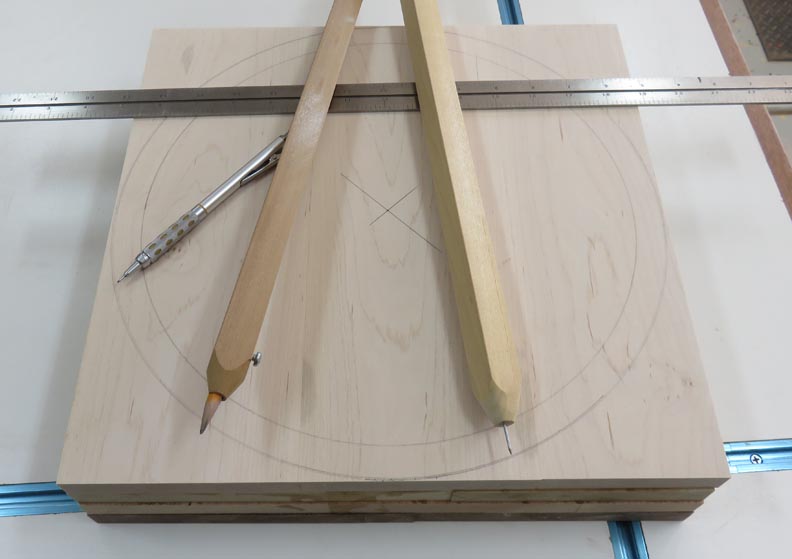 |
| New Tools
The router I've been using for many years was given to me by my
father-in-law and it's worked pretty good up to this
point. However, it was an older model and ran at a constant 25,000 rpm,
which has been a problem every now and then. This new router by Bosch
has a variable speed dial that will make working with larger diameter
cutters very easy compared to the old one.
Speaking of the old Porter Cable router, I gave that one
to our son Tony, and I told him that I thought his grandfather Jerry, would like
him to have it. And yes he loved it and has used it.
|
|
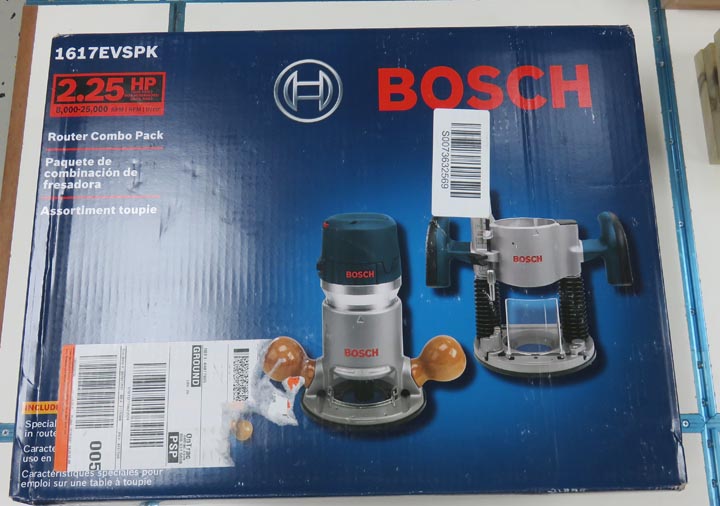 |
|
I removed the new router bases because I need to make
some circle cutting jigs. Now I made two different circle cutting
jigs for my old router but those won't fit my new one. Notice the
different hole pattern on these two bases, both of which came with my
new Bosch router
(arrows). I have no idea why they did this in place of making them both
the same. Weird!!
|
|
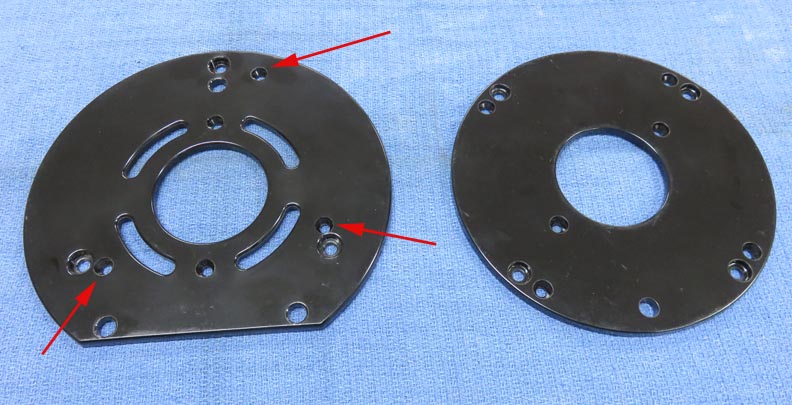 |
Here I'm transferring the hole pattern onto some 1/4" thick MDF for my
new circle cutting jig. I'll be making one for each base.
|
|
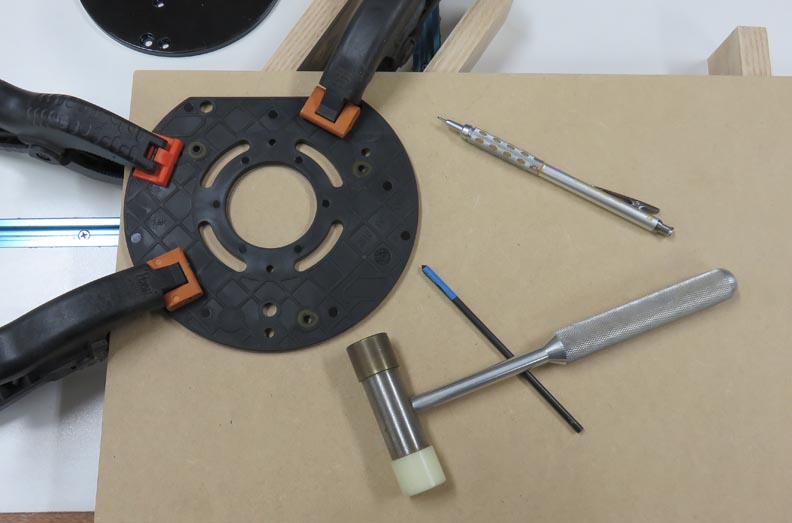 |
Now that I have them both laid out, I cut them out with a jigsaw.
|
|
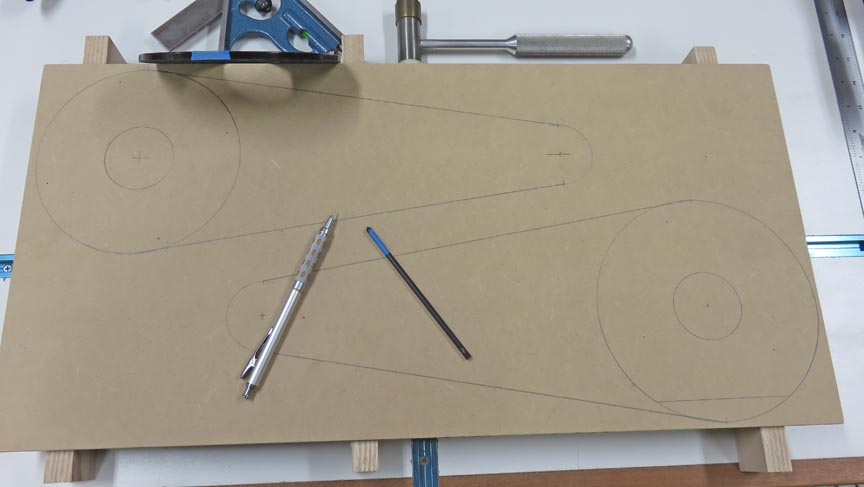 |
Here I'm drilling a pilot hole in the center, that I'll make larger
next.
|
|
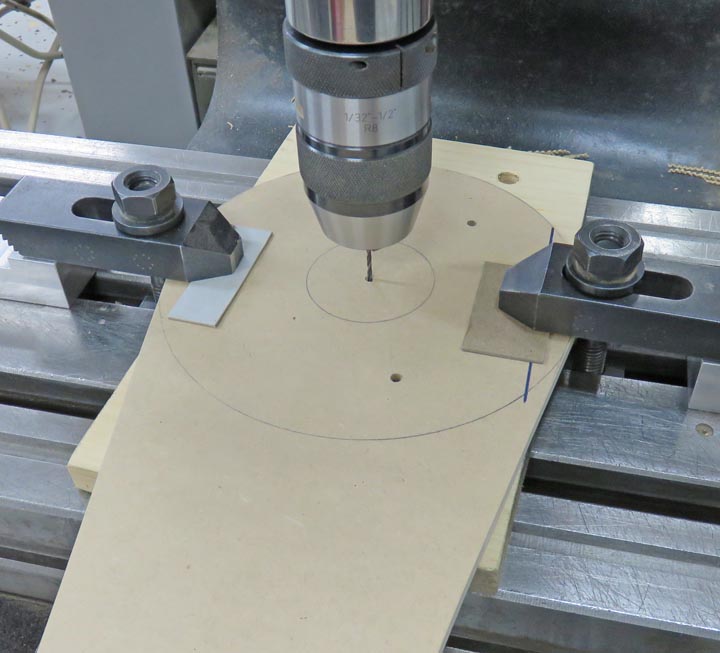 |
I followed the pilot hole with my 1 1/4" hole saw.
|
|
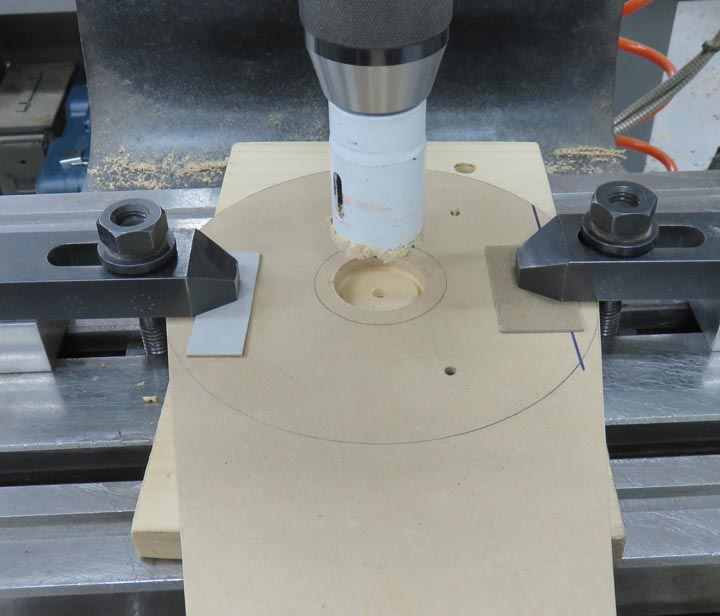 |
After a few minutes of deburring, chamfering holes and sanding, my new jigs
are ready to use.
|
|
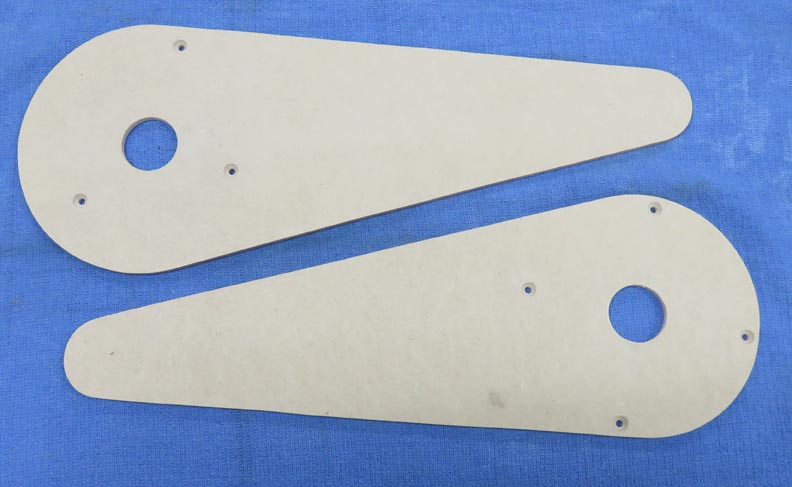 |
|
I'm making two cuts with my plunge router, one at 13"
and the other 12 1/4" diameter. Now I wasn't able to go to my final
depth here because my cutter wasn't long enough but I'll address that in a
minute.
|
|
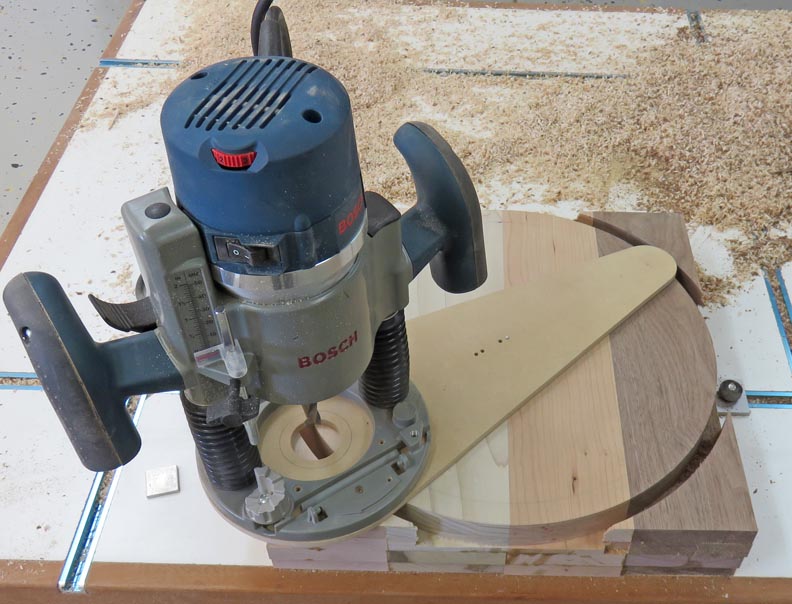 |
That aluminum wheel has 1/8" steps that I used. In all it adds up to 3/4
of an inch. After I made a complete circle with my circle cutting jig,
I'd lift up the cutter, spin the wheel one notch, plunge the cutter back
into my work piece and make another circle.
|
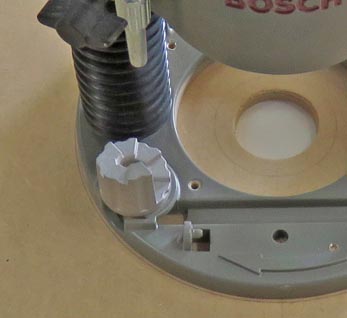
|
|
Here is the magic dial that works really good. The manual has equivalent
rpm numbers that correspond to each number on that red dial. This is a
game changer in my book because the old adage applies in woodworking
just like it does in metal working - speed kills. What do I mean by
this? Smaller cutters do just fine with higher speeds, but not larger
ones. The reason...it's called "Surface Feet per Minute" but that's
another story for another day.
|
|
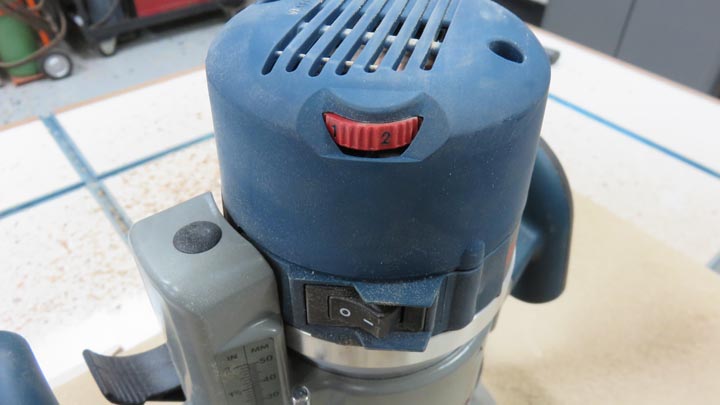 |
|
1
2
3
4
5
6
7 |